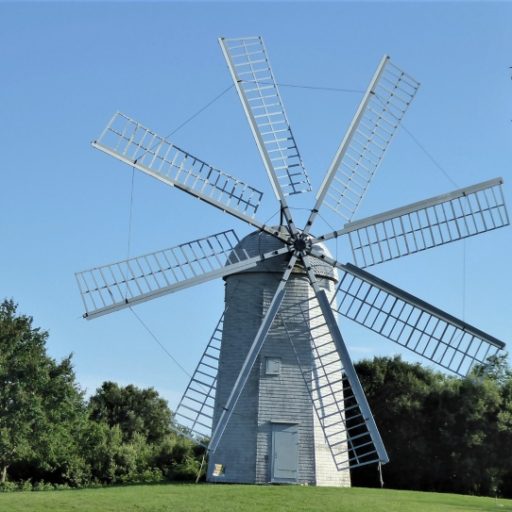Dave Brown October 2023
An area that has a mix of residential, farming, commercial, government, historic and open-space uses is sometimes called “rurban”. It usually has links with one or more nearby urban centers. But leaders in rurban places often strive not to be dominated by “urban sprawl”.
Rurban areas these days have many newcomers along with the old-timers. New-era job patterns have more people basing in the outskirts. Many retirees — some affluent, more with limited budgets — are seeking safe places, life styles closer to nature, and sometimes original homelands. Many bring fresh talents, energies and ideas that rurban governments and civic groups can well use.
Local farmers are growing new products in more sustainable ways. Locals and visitors like connecting with agriculture and wooded areas via farmers markets, community gardens, on-farm wineries, land-trust spaces and trails, etc.
Spotty, short-sighted planning and public services may no longer suffice. Affordable housing, nearby healthcare, drinking water quality and waste services, traffic management (walker- and bicycle-safe), transit services, broadband access, and good emergency services are much on the minds of new rurban residents. Parents want better child care and schools. Residents like open-space and shore access. They don’t like abandoned, overgrown, maybe unsafe properties in their midst. They increasingly are mindful of needs to adapt to climate change. But many resist paying more taxes or fees for better services.
Rurban leaders struggle to blend new needs, potentials and views with the old. Yet often they can build upon common desire to keep the surroundings more relaxed-rural than urgent-urban.
On this web page and others, I offer some items that may help to come to grips with these rurban needs and potentials. Special attention is on and near Middletown, Rhode Island, where I live. Leaders of our Aquidneck Land Trust, among others, seek to enable farming to continue in our midst, in fresh ways. I think many places elsewhere share the aims, challenges and opportunities that we have.
Land contamination Most rurban land areas have vestiges of previous uses. Many still have harmful contaminants from those uses. It takes funding, careful investigations and well planned remedial actions to clean them up. Compatibility with neighboring people and properties is important. Here on and near Aquidneck Island we have large military sites that were contaminated from World War II uses. This link tells about the Superfund cleanups of Naval Station Newport sites.
Watersheds No land is completely flat. Rainfall and other water flows drain downward toward the sea, on and below the surface. These flows may pick up contaminants along the way that harm lower lands, plant growth, recreation spaces, drinking water and shore life. This web page of mine tells about watershed care.
Conservation helps Important technical helps are available for managing rurban land resources. One that I am especially familiar with is the Natural Resources Conservation Service of USDA. This Soil Conservation Districts link tells more.
Attention to trees Land and people in the busier parts of rurban areas can benefit a lot from informed attention to trees — summer shade and cooling … rainfall and noise absorption … great specimens and scenic backgrounds. Newport RI is widely known for its trees. I used to chair Newport’s Tree Commission. On this Urban Tree Care link, I share information sources that may be useful to you too.
Farming economics Continuation of farming in rurban areas can’t just be a labor of love. When considering renting or buying a farm, and deciding what to produce, and how to market, one has to get real about costs and returns. Even if it’s just some back-of-the-envelope guesstimating. Likewise, local officials need to gauge the economics of local farming, when it comes to taxation, land zoning and such. Much of my career in the U.S. and abroad has related to helping farm people, ag specialists, officials, and policymakers to assess farming possibilities and options. This link about farm economic planning steers you to straightforward methods and additional planning helps.

